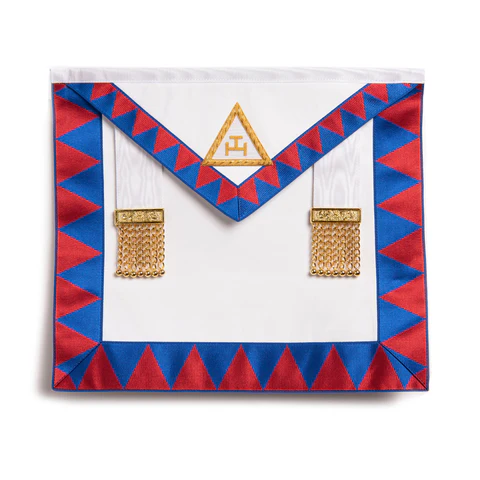What is Royal Arch Masonry?
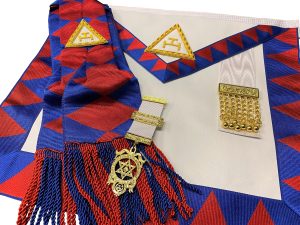 Put simply, it is a continuation of Craft Freemasonry. Its members, called Companions, meet in a Chapter under a Grand Chapter. Chapters are ruled over by three Principals, who rule conjointly, and the Grand Chapter is ruled over by three Grand Principals, with a Pro First Grand Principal when the First Grand Principal is a Royal Prince, as at present.
Put simply, it is a continuation of Craft Freemasonry. Its members, called Companions, meet in a Chapter under a Grand Chapter. Chapters are ruled over by three Principals, who rule conjointly, and the Grand Chapter is ruled over by three Grand Principals, with a Pro First Grand Principal when the First Grand Principal is a Royal Prince, as at present.
Chapters in England and Wales are grouped as a Metropolitan area or in Provinces (based on the old Counties) and Chapters overseas are grouped in Districts. Metropolitan, Provincial and District Grand Chapters are ruled over by a Grand Superintendent who is appointed by the First Grand Principal as his personal representative for that particular area.

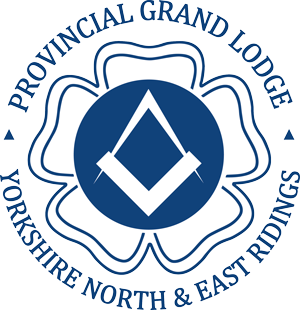
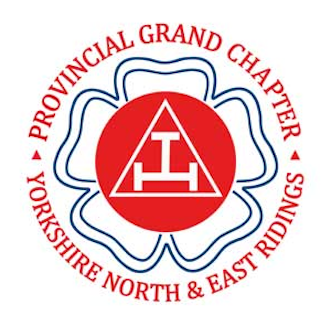

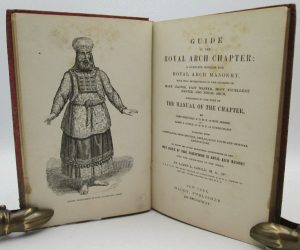 In the Grand Chapter archives there is a Minute Book of an independent Chapter meeting in Soho, London on 11th June in 1766 at which the Grand Master of the premier Grand Lodge was exalted. The Grand Lodge now regarded the Royal Arch as an innovation, additional to the Craft, and began to object to its being worked in Craft Lodges. The next month, the same Chapter, by way of a Charter of Compact, converted itself into The Excellent Grand and Royal Chapter of the Royal Arch of Jerusalem, the first Grand Chapter in the world.
In the Grand Chapter archives there is a Minute Book of an independent Chapter meeting in Soho, London on 11th June in 1766 at which the Grand Master of the premier Grand Lodge was exalted. The Grand Lodge now regarded the Royal Arch as an innovation, additional to the Craft, and began to object to its being worked in Craft Lodges. The next month, the same Chapter, by way of a Charter of Compact, converted itself into The Excellent Grand and Royal Chapter of the Royal Arch of Jerusalem, the first Grand Chapter in the world.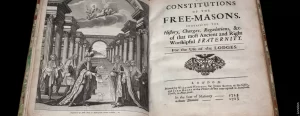 Charters for the first seven new Chapters were issued in 1769 and by 1813 one hundred and twenty Chapters were chartered to meet in England, Wales and territories overseas. To stimulate the growth of the Royal Arch the office of Grand Superintendent in and over a Province was introduced in 1778. Thomas Dunckerley was among the first to be appointed, not just to one Province but to eighteen Provinces, from Durham in the North to Cornwall in the South West.
Charters for the first seven new Chapters were issued in 1769 and by 1813 one hundred and twenty Chapters were chartered to meet in England, Wales and territories overseas. To stimulate the growth of the Royal Arch the office of Grand Superintendent in and over a Province was introduced in 1778. Thomas Dunckerley was among the first to be appointed, not just to one Province but to eighteen Provinces, from Durham in the North to Cornwall in the South West.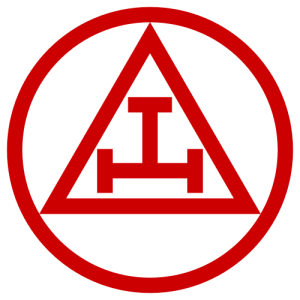 In England the Royal Arch has four ceremonies: the exaltation ceremony to bring in new members and an installation ceremony for each of the three Principals. The exaltation ceremony is in two parts: a rather dramatic presentation of the principles of the Order followed by three lectures in which the history, symbolism and principles of the Royal Arch are further explained. Like Craft Freemasonry, the Royal Arch is open to men of all faiths.
In England the Royal Arch has four ceremonies: the exaltation ceremony to bring in new members and an installation ceremony for each of the three Principals. The exaltation ceremony is in two parts: a rather dramatic presentation of the principles of the Order followed by three lectures in which the history, symbolism and principles of the Royal Arch are further explained. Like Craft Freemasonry, the Royal Arch is open to men of all faiths.